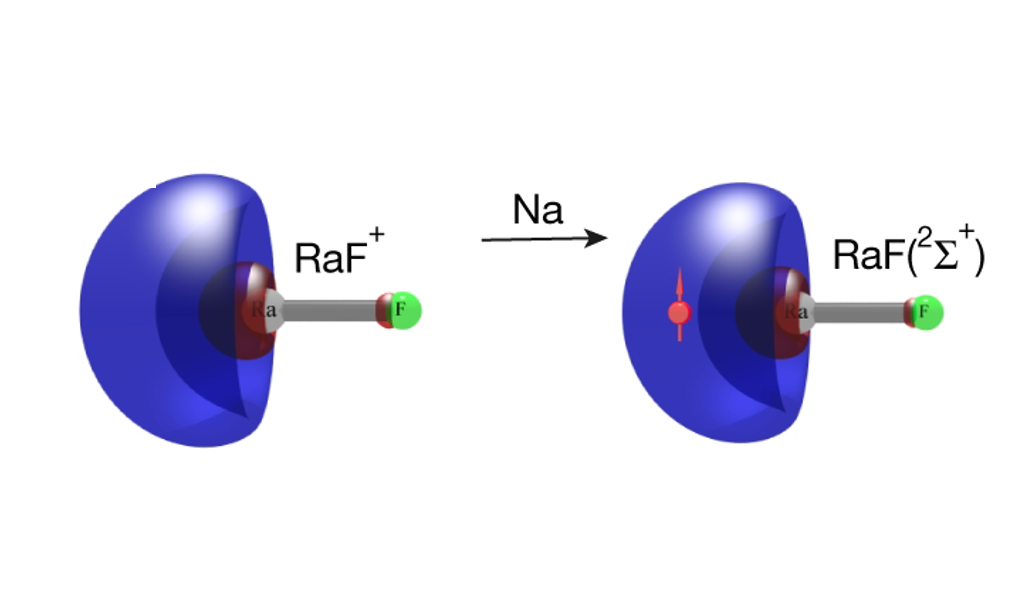Scientists of the St. Petersburg Institute of Nuclear Physics. B.P. Konstantinova Research Center "Kurchatov Institute" (PNPI) as part of the European Organization for Nuclear Research (CERN) team for the first time in the world studied compounds with unstable deformed nuclei by laser spectroscopy. According to researchers, this experiment opens up the possibility of searching for new physical phenomena outside the Standard Model — a theory that describes the interaction of elementary particles. This was reported in the journal Nature.
The new research method used by scientists combined the capabilities of a supercollider and laser spectroscopy and made it possible to accurately measure the spectra of radioactive molecules of radium monofluoride, whose “life span” is only a few days. The experiment was conducted on the ISOLDE installation, known as the "isotope factory". On it, radium monofluoride ions were first accelerated to high speeds, which allowed increasing the resolution of molecular spectra. Ions were then converted into neutral molecules and ionized again to measure molecular energy levels.
The contribution of PNPI scientists consisted in the theoretical prediction of the energy characteristics of radium monofluoride. Thus, the necessary laser operating mode was selected to transfer the molecules to the excited state and the success of the entire experiment was ensured.
“A similar method used to be used to work with other molecular objects, but no one succeeded in adapting it to study radioactive molecules - it was closed to them,” Timur Isaev, one of the authors of the work, said in an interview with RT.
According to Timur Isaev, the combination of radium monofluoride is interesting because it contains radium, some of its isotopes have nuclei in the shape of a pear. This exotic form enhances interactions that alter the fundamental equations of physics and the laws of symmetry in nature.
“In our usual macrocosm, we clearly see the direction of the passage of time, but in the microcosm everything is not so. The probabilities of interactions between elementary particles are independent of the direction of time. We sense the passage of time and its direction, but the interacting elementary particles "do not feel", and it does not affect the processes of the microworld, ”Timur Isaev explained.
The study of radioactive molecules, especially with short-lived isotopes, is very promising for basic research, for the discovery of new physics outside the Standard Model.
“Radium monofluoride is only the first swallow. Now, laser spectroscopy can be carried out on other radioactive molecules, including even those with a “lifespan” of several tens of milliseconds, ”said Timur Isaev.
- Graphical representation of the process of neutralization of radium monofluoride ions during the experiment
- © SIC “Kurchatov Institute” - PNPI
The new method is promising not only for studying fundamental symmetry, but also for solving cosmic secrets. Going beyond the Standard Model opens up the possibility to search for traces of the mysterious dark matter of the Universe, the researchers believe. Also, radioactive molecules are abundant in the remnants of supernova stars or in a gas formed during the fusion of neutron stars.
According to scientists, the tool for high-precision studies of short-lived radioactive molecules complements the work on new physics, which is carried out at the Large Hadron Collider. Also, according to Russian scientists, the discovery has a number of applied applications.
“Our development has practical application. It opens up new possibilities for nuclear medicine and the disposal of radioactive waste, for their safe remote analysis, ”said Timur Isaev.

